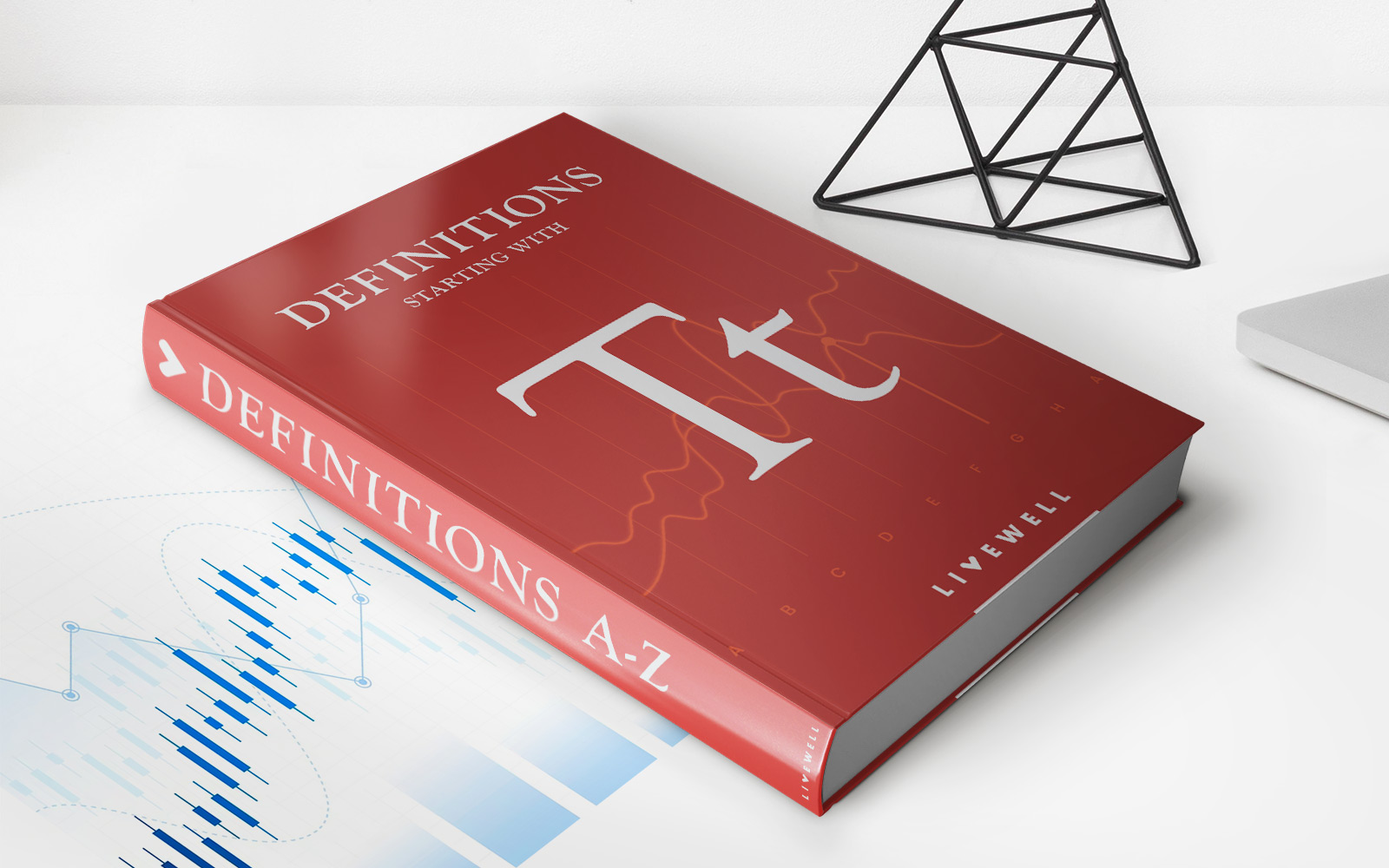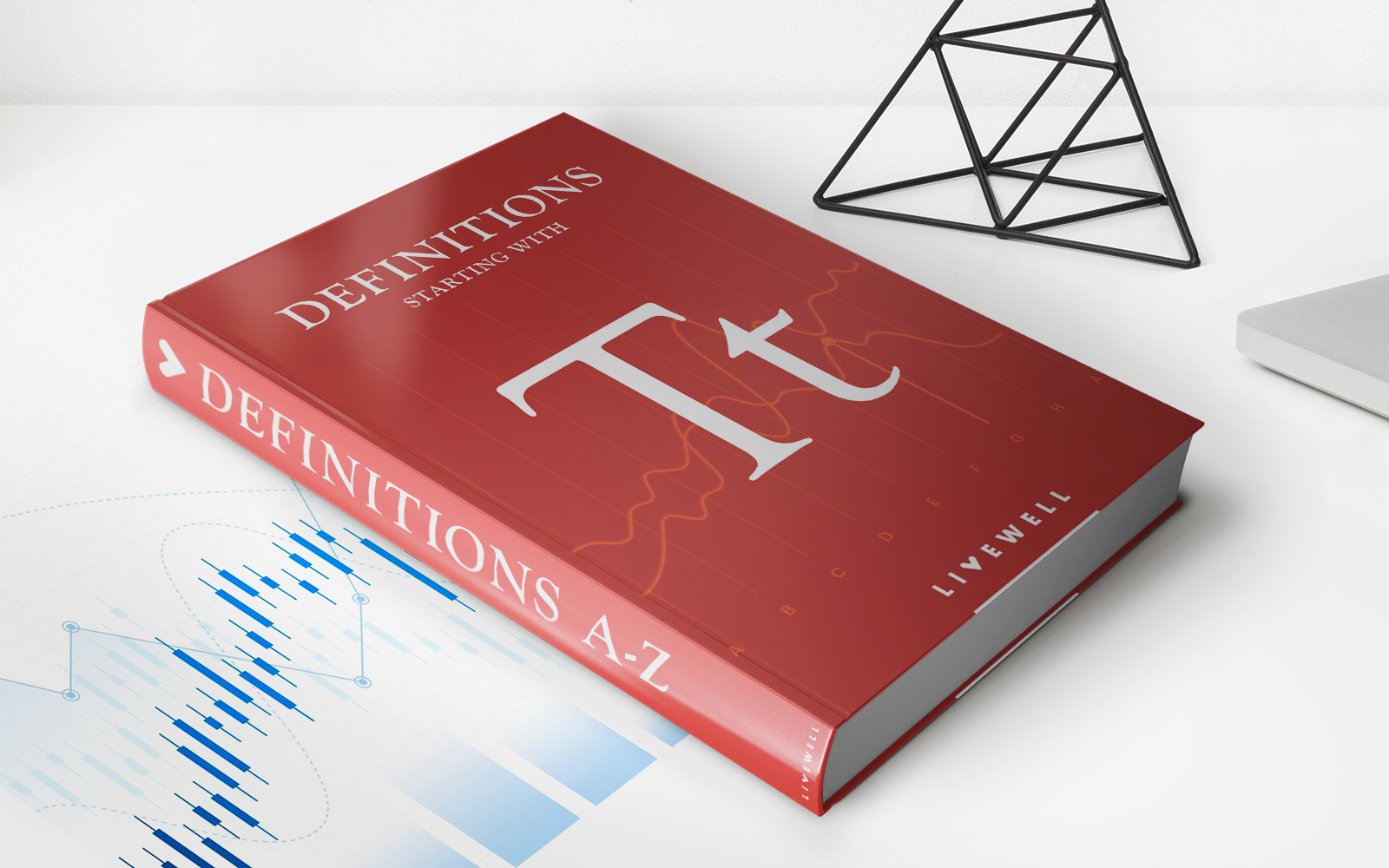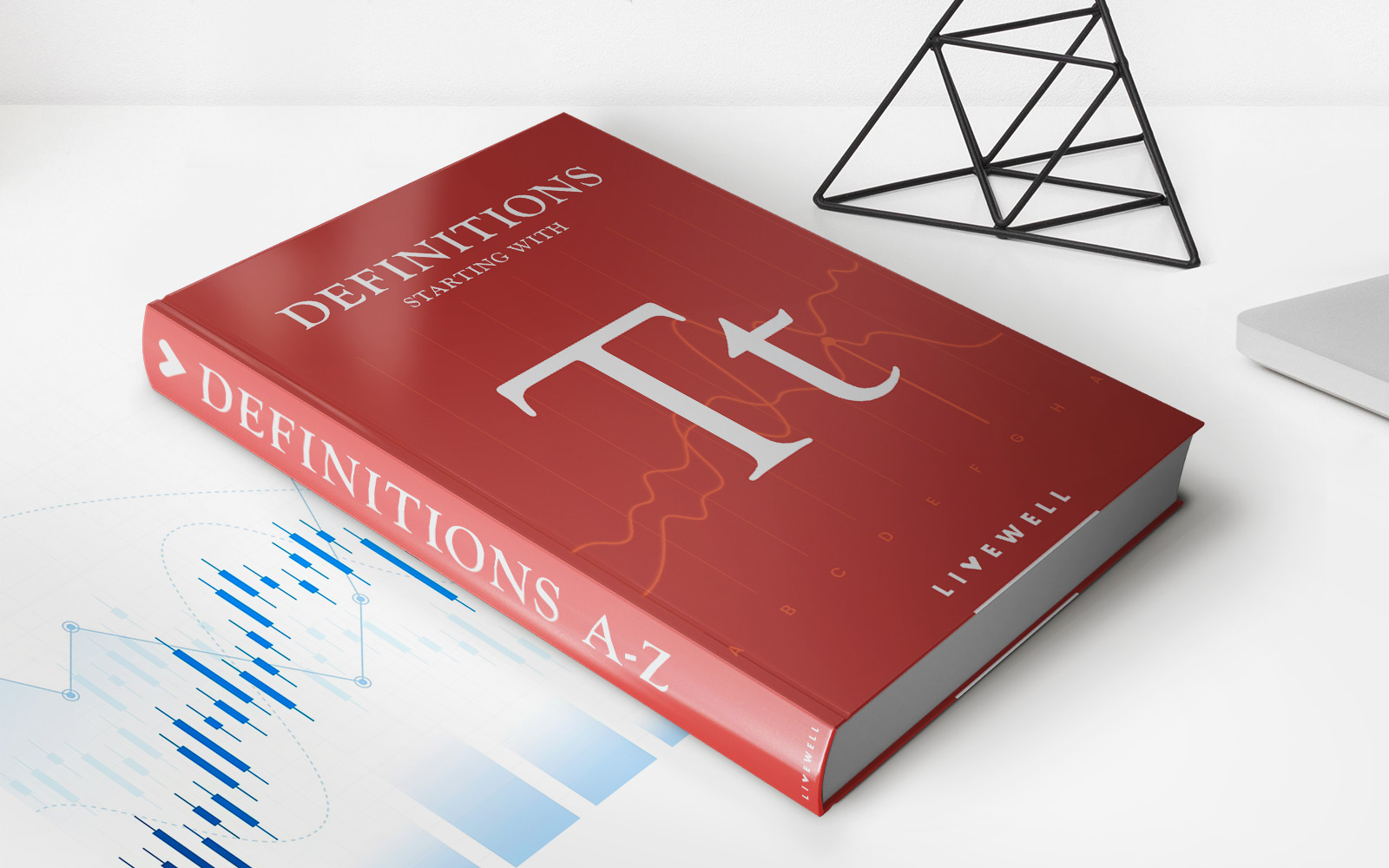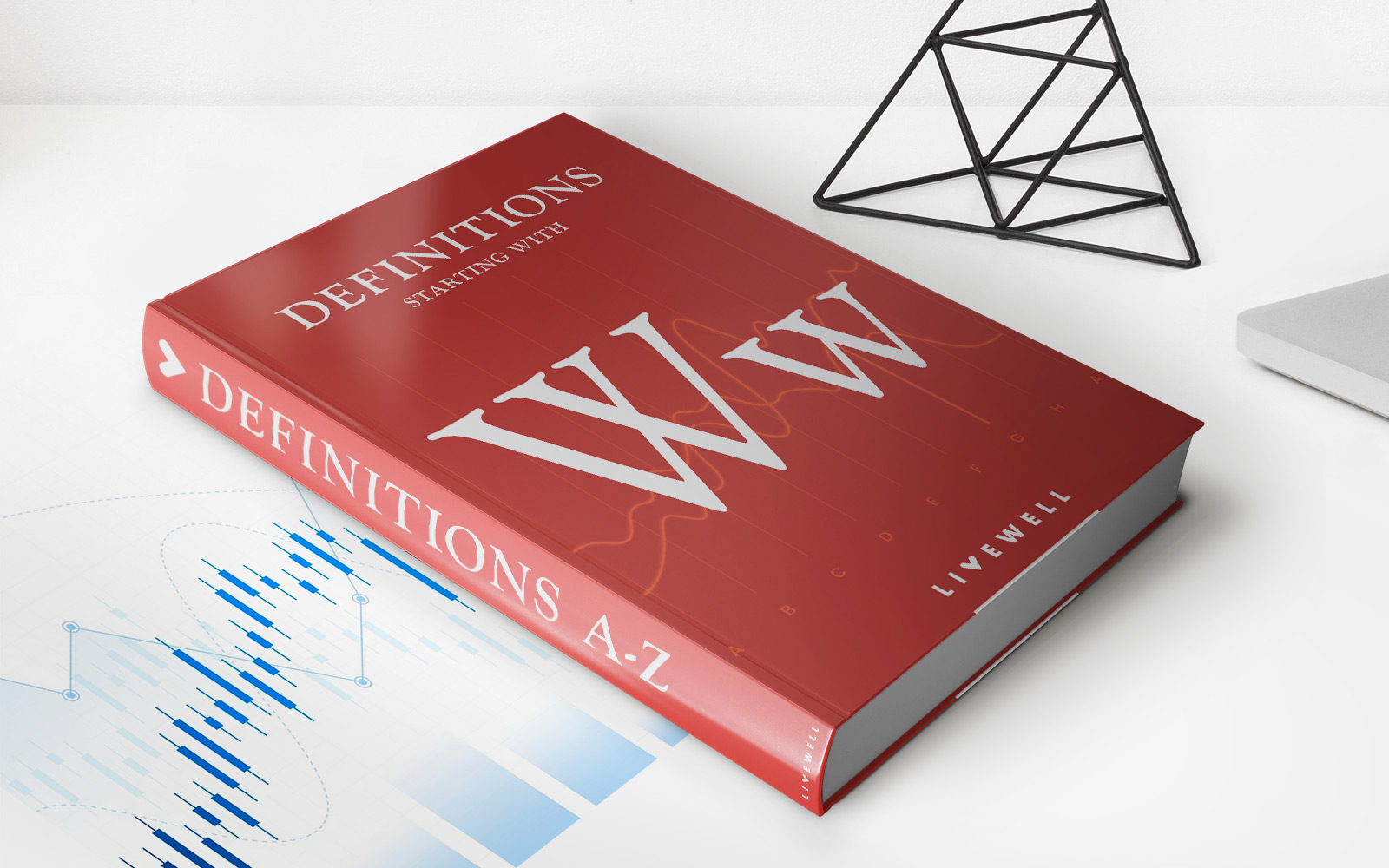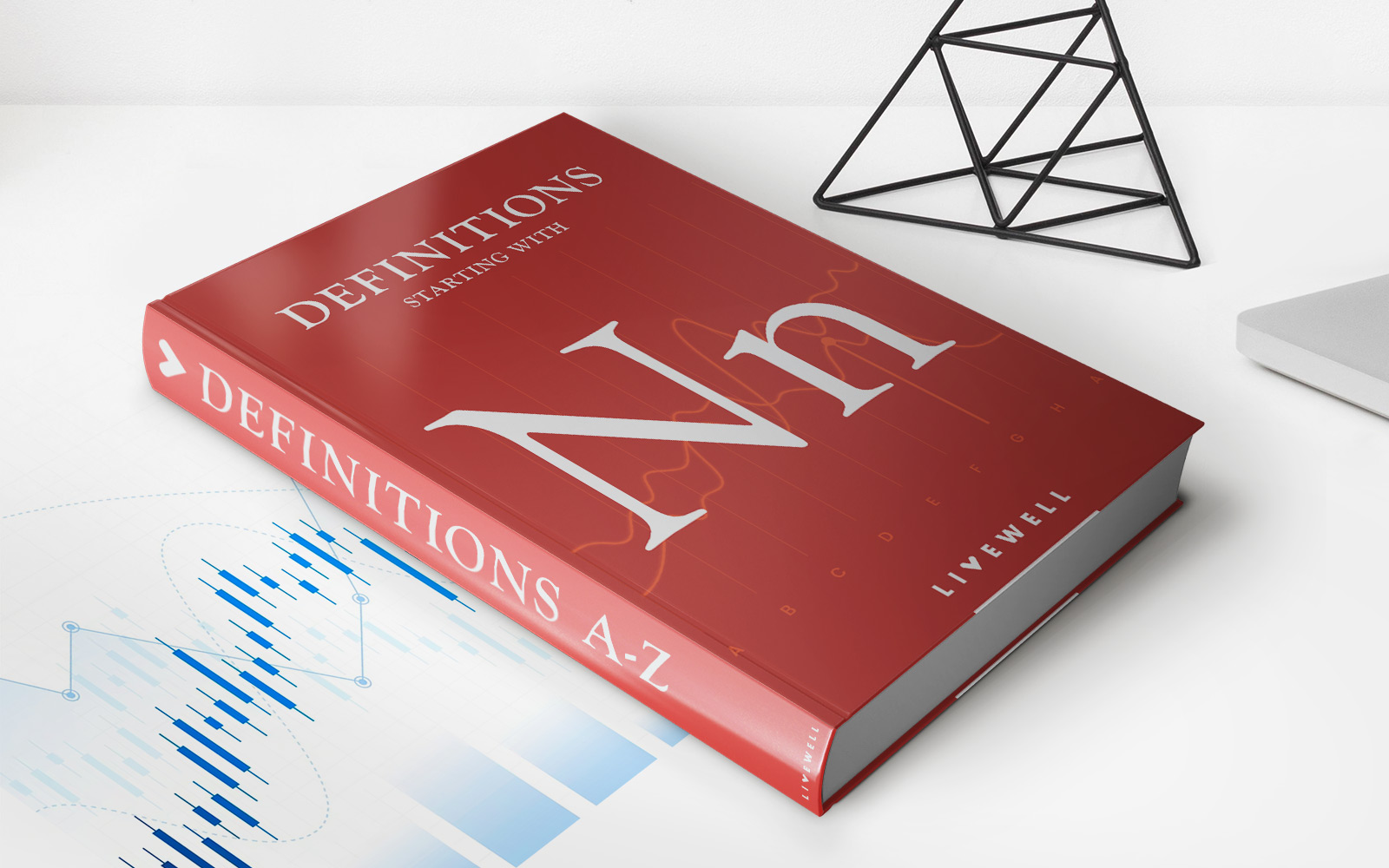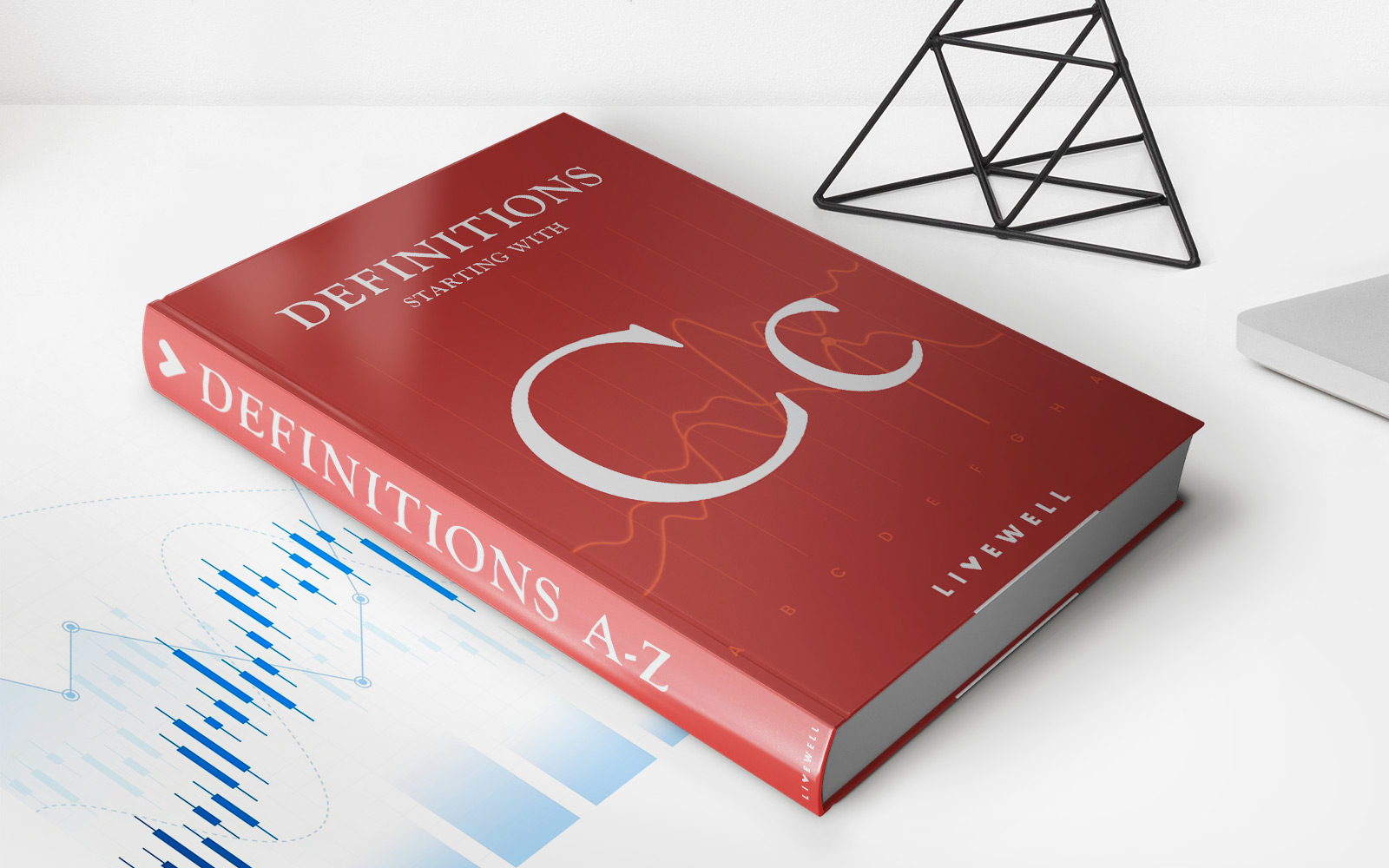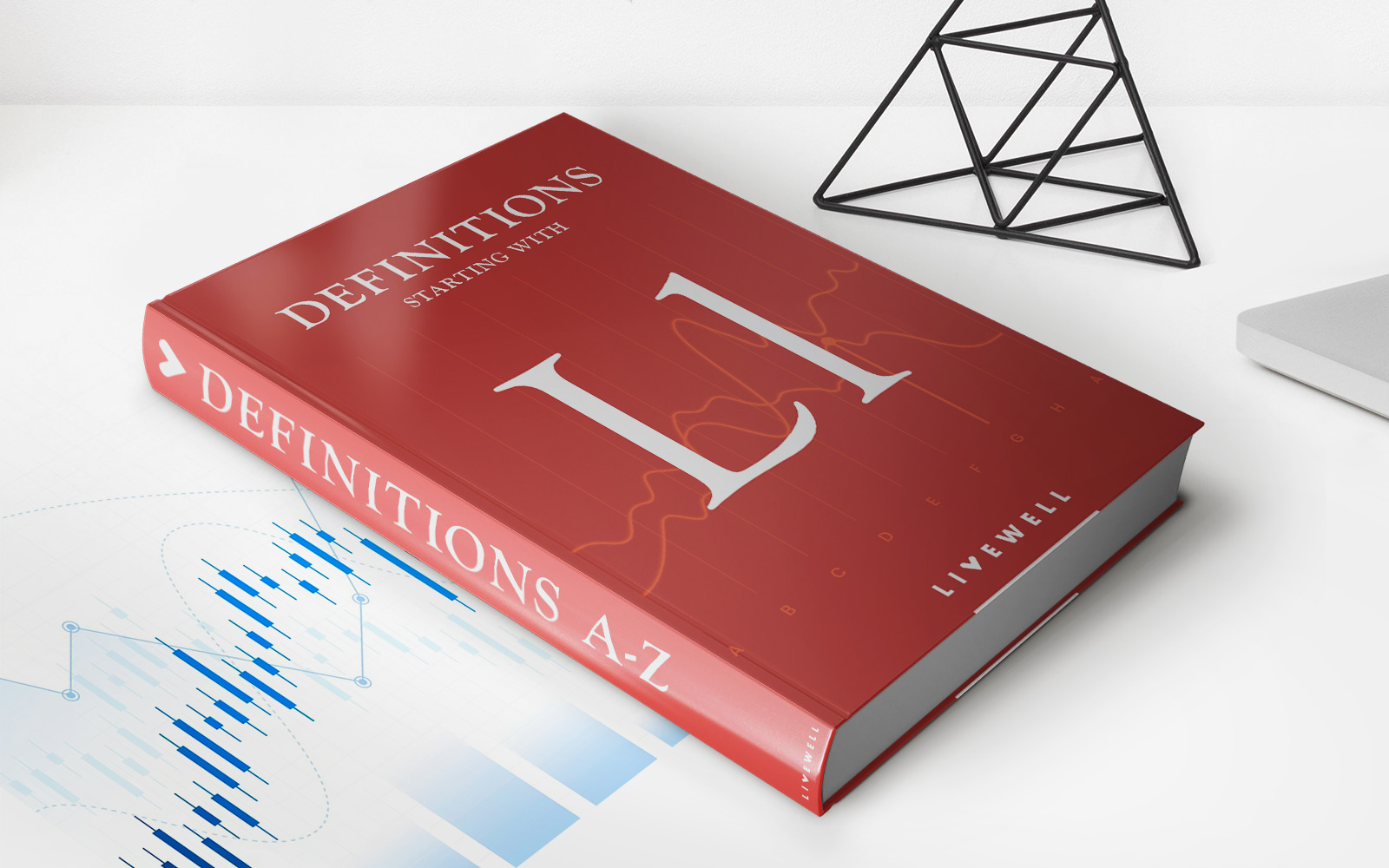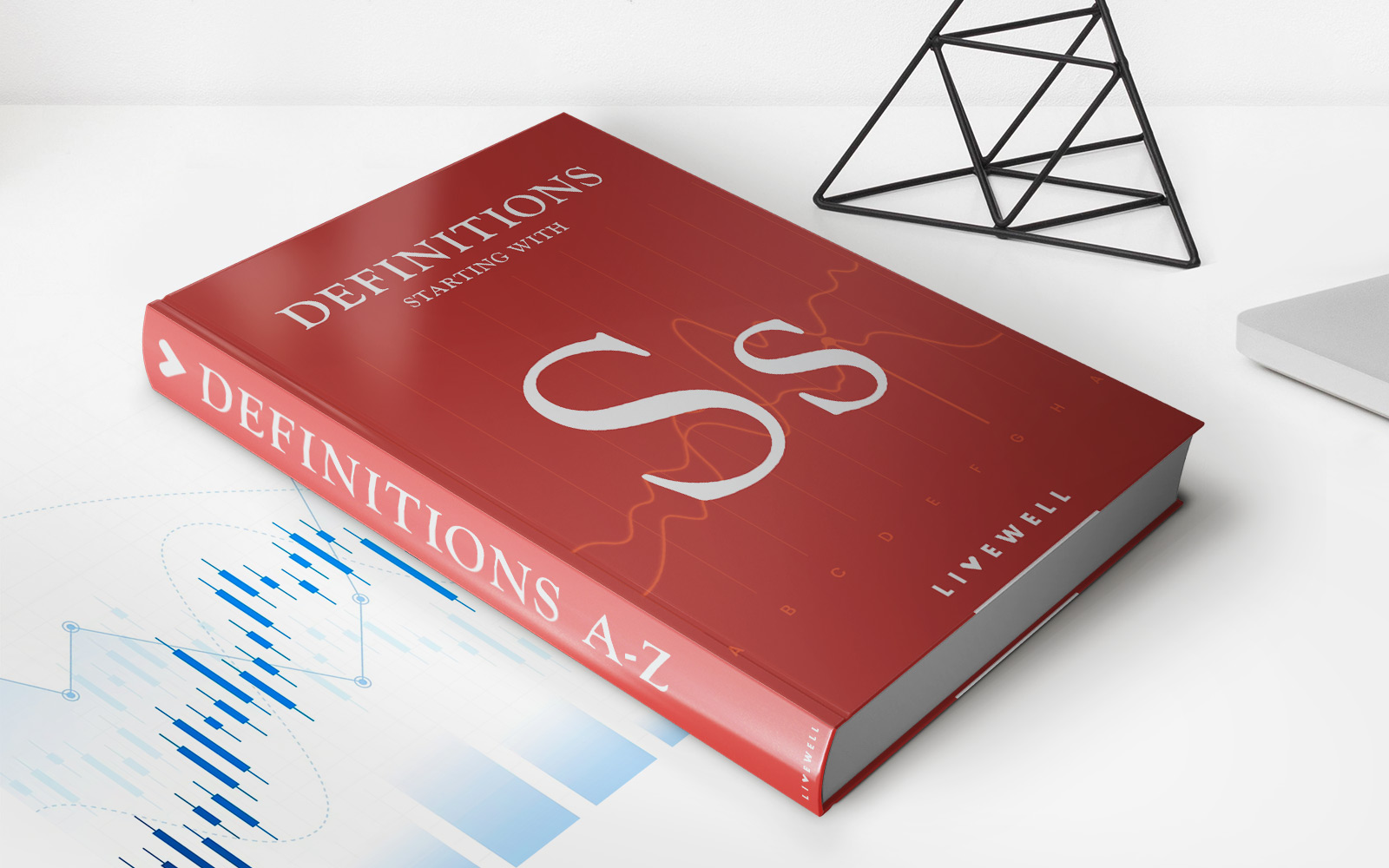Home>Finance>Insider: Definition, Types, Trading Laws, Examples


Finance
Insider: Definition, Types, Trading Laws, Examples
Published: December 10, 2023
Discover the insider's guide to finance, including its definition, types, trading laws, and real-world examples. Enhance your financial knowledge and make informed decisions.
(Many of the links in this article redirect to a specific reviewed product. Your purchase of these products through affiliate links helps to generate commission for LiveWell, at no extra cost. Learn more)
Insider Trading: Definition, Types, Trading Laws, Examples
Welcome to our finance category, where we discuss all things related to money, investments, and the ever-changing world of finance. In this blog post, we will dive into the intriguing topic of insider trading. What is insider trading? How is it classified? What laws govern it? We will explore these questions and provide some real-life examples to give you a better understanding of this controversial practice.
Key Takeaways:
- Insider trading involves the buying or selling of stocks or other securities based on confidential information.
- There are legal and illegal types of insider trading, with the latter being a violation of securities laws.
What is Insider Trading?
Insider trading is the act of buying or selling stocks, bonds, or other securities based on material, non-public information. This information is typically not available to the general public and can include details about upcoming financial results, mergers and acquisitions, or other significant events that may impact the value of the security.
Insider trading is a sensitive topic as it gives those with inside information an unfair advantage over other market participants. Individuals who engage in illegal insider trading can manipulate the market, leading to a loss of confidence in the integrity of the financial system.
Types of Insider Trading
Insider trading can be classified into two categories: illegal and legal insider trading.
1. Illegal Insider Trading
Illegal insider trading occurs when individuals trade securities based on material, non-public information, in breach of their fiduciary duty or a duty of trust and confidence. This includes corporate insiders such as executives, board members, and employees who possess confidential company information.
The Securities and Exchange Commission (SEC) and other regulatory bodies actively monitor and investigate cases of illegal insider trading. Violators can face severe penalties, including hefty fines, imprisonment, and civil lawsuits.
2. Legal Insider Trading
Legal insider trading, on the other hand, does not involve the misuse of confidential information. Corporate insiders may buy or sell company stocks for various reasons, such as diversifying their investment portfolios, meeting personal financial goals, or exercising stock options granted as part of their compensation package.
While legal, these transactions are still subject to regulatory oversight and must be disclosed to the SEC to ensure transparency and prevent conflicts of interest.
Insider Trading Laws
The United States has stringent laws and regulations in place to combat insider trading. The primary legislation governing insider trading is the Securities Exchange Act of 1934, which prohibits trading based on material, non-public information and imposes penalties for violations.
Additionally, the SEC has implemented rules and regulations to govern the reporting and disclosure requirements of insiders. This includes the filing of Form 4, which discloses any changes in ownership or transactions involving securities held by insiders.
Other countries, such as Canada, the United Kingdom, and Australia, also have their own laws and regulatory bodies overseeing insider trading to maintain market integrity and protect investors.
Examples of Insider Trading
Here are a few notable examples of insider trading:
- Martha Stewart: The famous American businesswoman and television personality was convicted in 2004 for her role in an insider trading scandal involving the sale of ImClone Systems stocks based on non-public information.
- Raj Rajaratnam: The billionaire hedge fund manager was found guilty in 2011 of leading one of the largest insider trading schemes in history, involving various corporate insiders and illegally obtaining confidential information.
- Steve Jobs: The late co-founder of Apple faced scrutiny in 2008 after receiving favorable stock options and selling them before the public announcement of the backdating scandal.
These cases shed light on the consequences of engaging in illegal insider trading and serve as a reminder that no one, regardless of their prominence, is above the law.
In Conclusion
Insider trading is a complex and controversial subject within the world of finance. While legal insider trading occurs as part of normal investment activities, illegal insider trading poses significant risks to market integrity and the trust of investors. It is essential for regulators to enforce strict laws and regulations to ensure a level playing field and protect the interests of all market participants.
We hope this blog post has provided you with valuable insights into the world of insider trading. Stay tuned for more informative articles on finance and other related topics in our finance category.


